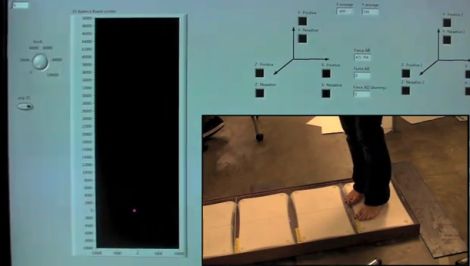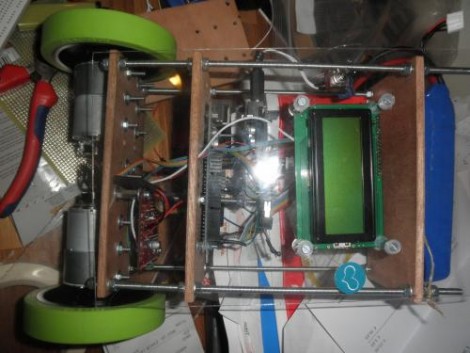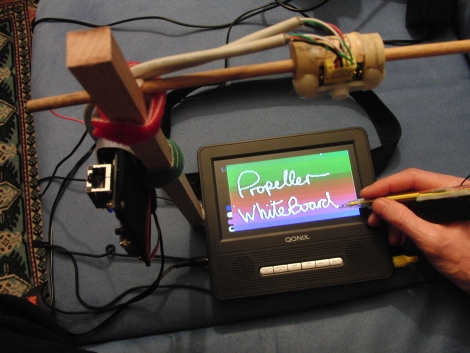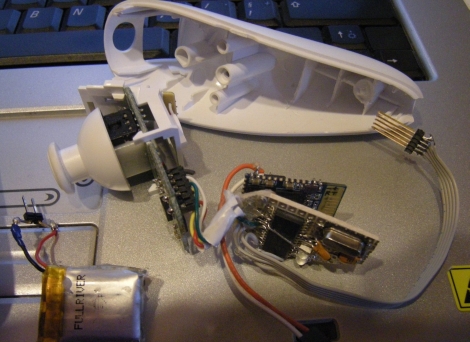
Jailbreaking hacks have come and gone for the Wii, ever changing as Nintendo tweaks their software to prevent homebrew from running. Piracy concerns aside, there is a legitimate Wii homebrew scene, and a new, easy to use tool has been released for those looking to give it a try.
Many of the previous jailbreaks relied on bugs found within official Wii games, but there’s a new kid on the block that requires nothing more than an Internet connection and an SD card. LetterBomb is the latest jailbreaking tool, which was created by an individual named [blasty]. It seems incredibly easy to use, requiring little more than entering your Wii’s MAC address into a web form. The site generates a customized jailbreak file, which your run on your Wii via the SD card – that’s all there is to it!
If I had a Wii, I would be hesitant to enter any sort of globally-unique number that could identify my console into a random web site, but perhaps I am being overly paranoid. Either way, it would be great to see an open-source version of this tool released so that jailbreaks could be done offline, without any risk of having your MAC address recorded.
[Thanks, blurry]

















